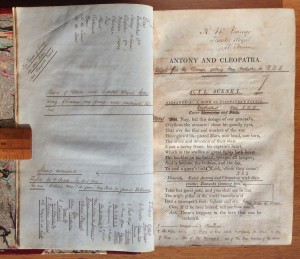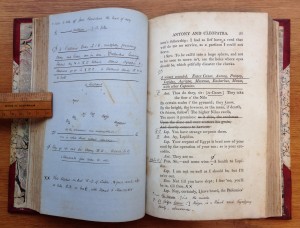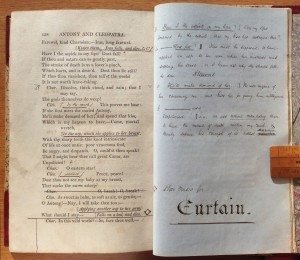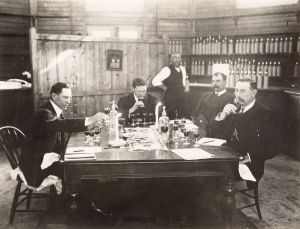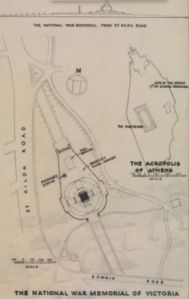Fletcher Jones Archive

The Fletcher Jones collection held at the University of Melbourne Archives provides insight into the events, people and places that shaped the career of this charismatic business entrepreneur and philanthropist; from his early days as a hawker of goods in the Western District, until his retirement in the early 1970s as Managing Director of his successful clothing retail chain, Fletcher Jones & Staff. The company has a special significance to the Warrnambool community, where everybody knows somebody who had been connected to the business. Beyond Warrnambool the clothing brand Fletcher Jones is a household name.
The records documenting this innovative manufacturing business will be available for research access later in 2014. A news release about the Fletcher Jones collection was published in the Warrnambool Standard earlier this week.

